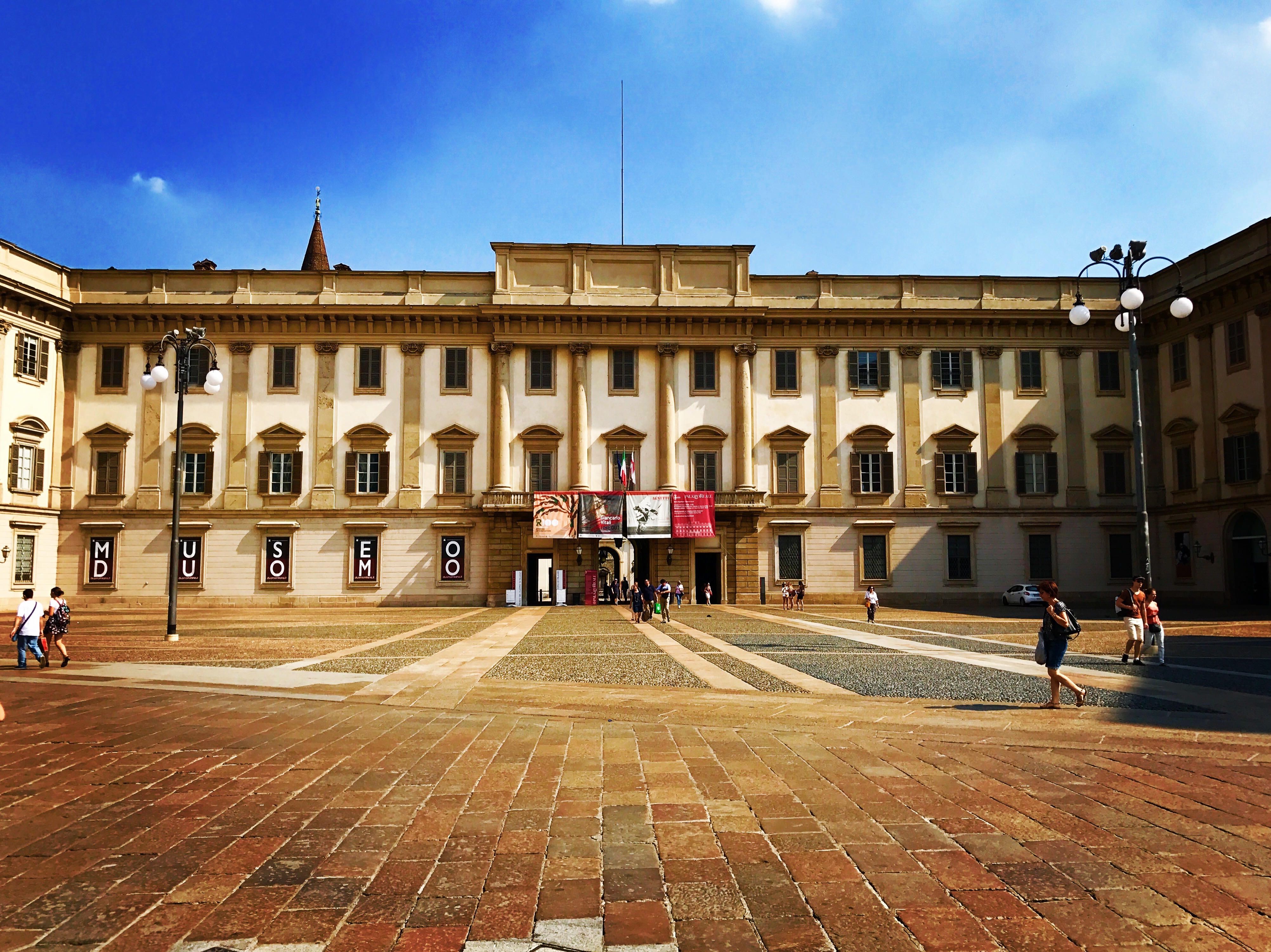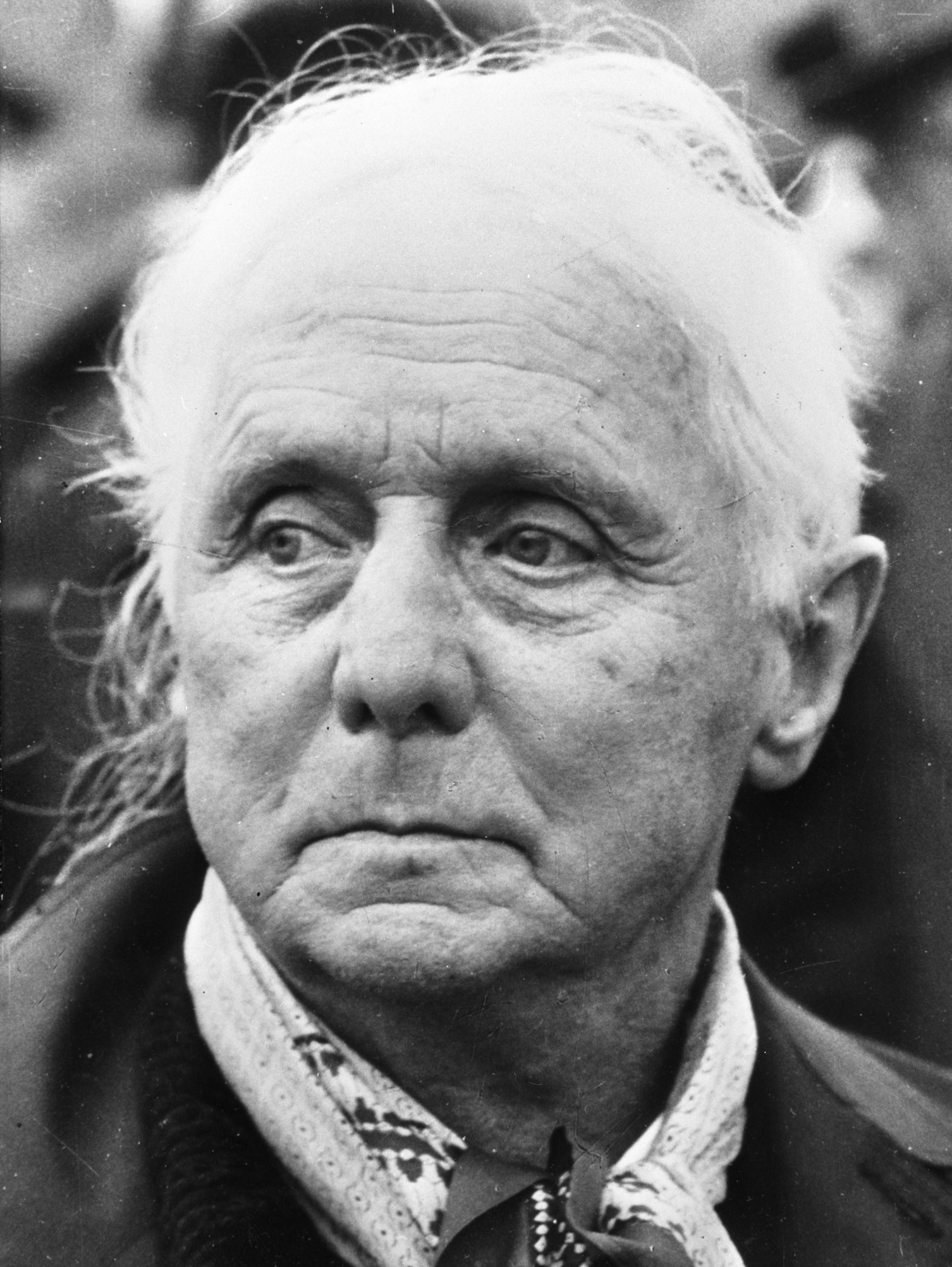Max Ernst, The angel of the hearth, 1937, Oil on canvas, 146 x 114 cm, Private collection, Switzerland Classicpaintings / Alamy Stock Photo © Max Ernst by SIAE 2022
Impenetrable enigmas yield to the formal harmony between works, techniques and constellations of symbols that lead beyond painting. From 4th October to 26th February the first retrospective in Italy dedicated to Max Ernst will welcome visitors to the Palazzo Reale with over 400 works, including paintings, sculptures, drawings, collages, photographs, jewels and illustrated books on loan from museums, foundations and private collections, in Italy and abroad.
The GAM of Turin, the Peggy Guggenheim Collection, the Ca ‘Pesaro Museum in Venice, the Tate Gallery in London, the Center Pompidou in Paris, just to name a few of the lenders, will contribute to enrich the exhibition curated by Martina Mazzotta and Jürgen Pech.
Pictor doctus, profound connoisseur and visionary interpreter of the history of art, philosophy, alchemy, Ernst will be presented in the exhibition as a humanist of a new renaissance. If André Chastel saw in him a sort of “reincarnation of those Rhenish authors of Bosch-like devilry”, Duchamp traced there “a complete inventory of the different eras of Surrealism”. And here he is Ernst, protagonist of an exciting itinerary ready to retrace the adventurous creative parable, between great historical events of the twentieth century and extraordinary loves.

Royal Palace | Photo: © Barb2372 Own work | Courtesy Wikimedia Commons
The visitor to Palazzo Reale will explore the biographical events of the master through four great periods, in turn divided into nine thematic rooms that open interdisciplinary approaches to his art. An ideal library, made up of illustrated books, documents, study manuals, photographs, will invite the public to grasp the games of references and the correspondences between the sources of inspiration and the works themselves. Germany: 1891-1921 explores the years of childhood and training in Germany, sources of memory and inspiration for the artist’s entire life. The Great War, fought by Ernst himself, is equated with a period of death. This is followed by the return to life, the marriage and the birth of his son Jimmy, the revolutionary advent of Dada and the invention of collage, the first exhibition in France and proto-surrealism.
France, 1922-1940 instead it welcomes a reconstruction of The house of Eaubonne, where Ernst lived the ménage a trois with Gala and Paul Éluard. Love, friendship, eroticism become protagonists in room 4 entitled Eros and metamorphosis. This glimpse of the master’s life, dominated by masterpieces such as Crucifix (1914), Fiat Modes Pereat Ars (1919), The Cormorants (1920), Les Malheurs des Immortels (1922), will leave room for the Parisian years, the emergence of Surrealism, the second marriage with Marie-Berte, love with Leonora Carrington. The advent of the Second War, the imprisonment as a “degenerate artist” sought by the Nazis will anticipate the exile in the United States, organized thanks to the support of his son Jimmy and above all of Peggy Guggenheim, whom the artist will marry for a short period, introducing the part of the biography America, 1941-1952.
These are the years of entering the New York international scene, of the marriage with Dorothea Tanning, of the move to Sedona, Arizona. The following rooms become a hymn to visions, to the role that nature and the landscape play in the invention of techniques and strands of the fantastic and the marvelous that also affect sculpture and goldsmithing. Works like Histoire Naturelle (1925), Bird Monument (1927), The forest (1927-28), Bird-head (1934-35) will accompany visitors, while room number 8, entitled Memory and Wonderwill show how the history of culture, the return of the ancient become sources of inspiration and object of Ernst’s marvelous art.

Max Ernst | Via Wikimedia Commons
Pietà or The revolution at night (1923), The antipope (c.1941), The angel of the hearth (1937) prepare for the grand finale, inviting you to turn your gaze to the stars. In the years preceding the landing of man on the moon, art and science dialogue in Ernst’s works, involving astronomy as well as anthropology and physics. Books and cinema introduce the artist to the secret writings, to the cryptographies that speak to those who are capable of unraveling the mysteries of the cosmos. Works like The world of the naives (1965), The world of the confused close a path that challenges visitors to try their hand at fascinating games of perception by venturing into paths that go beyond painting.
The exhibition can be visited on Tuesday, Wednesday, Friday, Saturday, Sunday from 10 to 19.30; Thursday from 10 to 22.30. Last admission one hour before closing.
![]() Read also:
Read also:
• From Max Ernst to Van Gogh: 5 exhibitions not to be missed in the autumn

